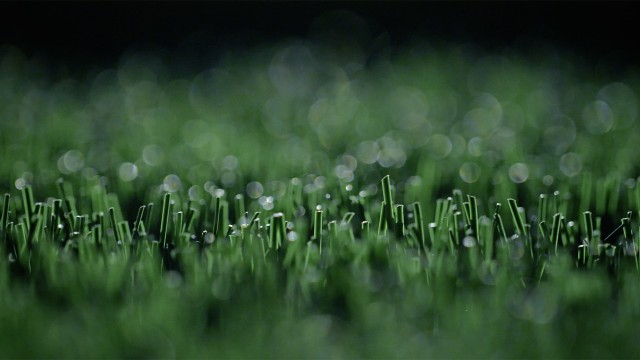A recent study of injury incidence in collegiate men’s soccer should end the debate once and for all whether FieldTurf is safer than natural grass for soccer players.
“This is the final nail in that argument,” said Michael Meyers, an associate professor at Idaho State University in the Department of Sport Science and Physical Activity, who evaluated player injuries incurred by 11 NCAA Division IA men’s soccer teams between 2007 and 2012.
Of 765 total games, 380 were played on FieldTurf and 385 were played on natural grass. Although similarities existed between FieldTurf and grass during competitive play, Meyers and his team of researchers concluded that FieldTurf is, in many cases, safer than natural grass when comparing injuries in collegiate men’s soccer.
Meyers’ research revealed the following:
36% fewer total injuries on FieldTurf
20% fewer severe injuries on FieldTurf
33% fewer concussions on FieldTurf
15% fewer injuries due to player-to-surface collisions on FieldTurf
35% less time lost to injuries on FieldTurf
See the full study Here.
“Clearly, FieldTurf is safer — no doubt about it — across the board,” Meyers said. “I just didn’t know the results would look this good. We shouldn’t even be discussing the topic anymore.”
Soccer has long been a holdout in making the conversion from grass to turf. Proponents of grass cite the sport’s rich tradition and argue that turf is less forgiving than natural grass and therefore impacts play because of injury concerns.
But a FIFA-issued “Technical Report and Statistics” document in the wake of the 2015 Women’s World Cup — which was played on artificial turf in Canada — claimed that “there was there was no significant difference regarding injuries sustained there and those on grass at previous editions.”
As a new generation of soccer players comes of age competing on synthetic turf, Meyers predicts the backlash against turf will dissipate and that FIFA will continue to designate turf for its tournaments.
“High-quality surfaces increase player performance and reduce injuries,” he said. “People better choose wisely.”
Meyers noted that the findings of this research might not be generalizable to other levels of competition or to other artificial surfaces.


